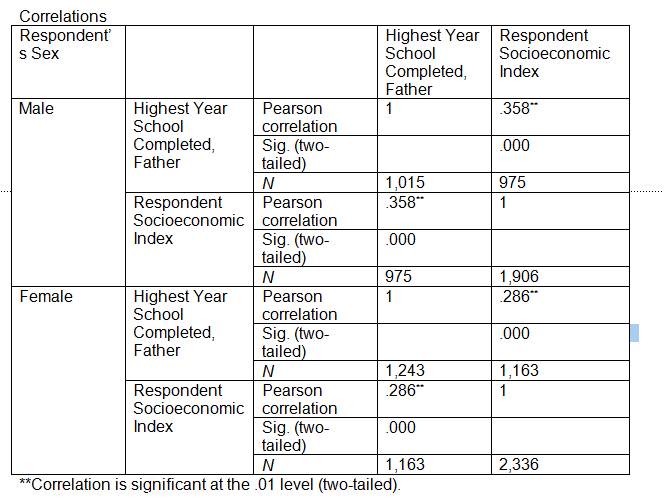Monitoring by the group worker does not usually incude
a) group recording form
b) summary recordings
c) process recordings
d) keeping the minutes of a meeting
C
You might also like to view...
Which of the following statements is true about evaluation for program planning?
A) A prime advantage of the key informants approach to needs assessment is that the information comes directly from the target population B)It makes a difference whether we define needs in normative terms or in terms of demand.? C)Feasibility problems are the prime disadvantage of the community forum approach to needs assessment.? D) A prime disadvantage of the social indicators approach to needs assessment is its obtrusiveness.
Jerome said that he understood what Jaden said about the goals of the therapy they
were about to start. However, he could not put those goals into his own words. What should Jaden do next? A. Put the treatment goals into language the client can understand. B. Proceed with therapy based on the client's verbal consent. C. Ask the client to commit to working toward the goals they both agree on. D. Give the client a handout that defines common therapeutic terms.
Analyze the working relationship between Nathan and Ayana. In spite of the circumstances—language barriers, full-time ESL classes, dependence on second-hand information about her from Ibsaa—Nathan believed that Ayana’s “case was going about as well as could be expected.” Do you agree? Were there things Nathan could have done differently to establish more direct contact with Ayana?
Nathan Bierwirth, BSW, worked as an employment counselor for Pathfinders Social Services, a nonprofit agency serving the Minneapolis metropolitan area. Pathfinders provided employment services for people leaving welfare, persons with disabilities, the homeless, and immigrants, refugees, and asylees. Part of Nathan’s caseload consisted of newly arrived refugees enrolled in Minnesota’s time-limited Refugee Cash Assistance–Employment Services (RCA-ES) program. Individualized Employment Plans (EPs) helped refugees transition from welfare to employment and self-sufficiency. EPs required a minimum of 35 hours per week of RCA-ES–approved activities, including employment services and formal education (limited to 20 hours per week). Nathan’s client, Ayana Tuma, a refugee from Ethiopia, had no educational or work experience and knew no English. This prevented her from effectively participating in employment service classes, so she enrolled in a full-time English as a Second Language (ESL) program. When Hennepin County audited Pathfinders, clients like Ayana, who exceeded the 20 hour instruction limit, could be sanctioned and even terminated from the program. As the audit approached, Nathan wondered if he should report Ayana’s ESL hours accurately or falsify her Employment Plan.
Interpret the table below.
